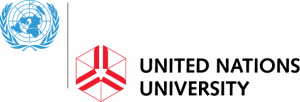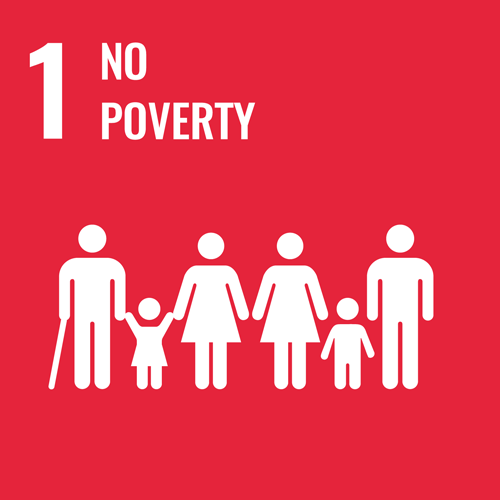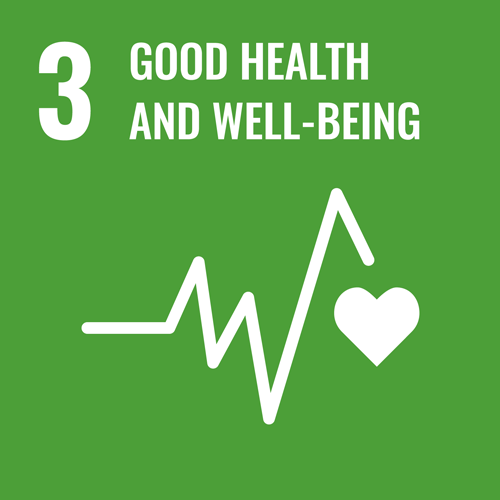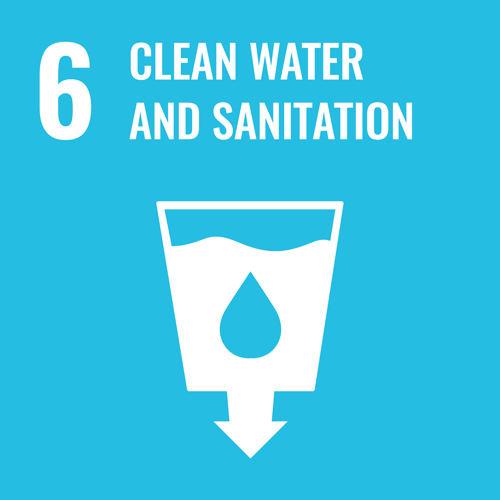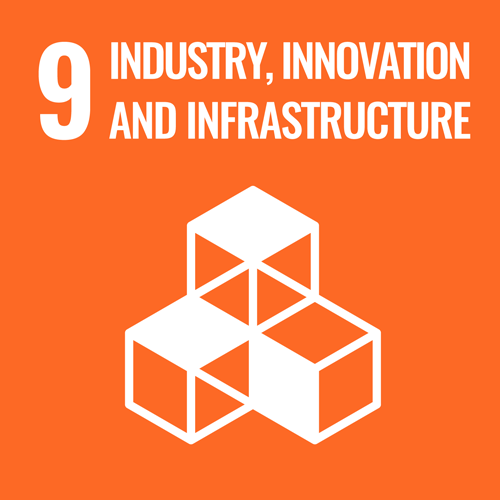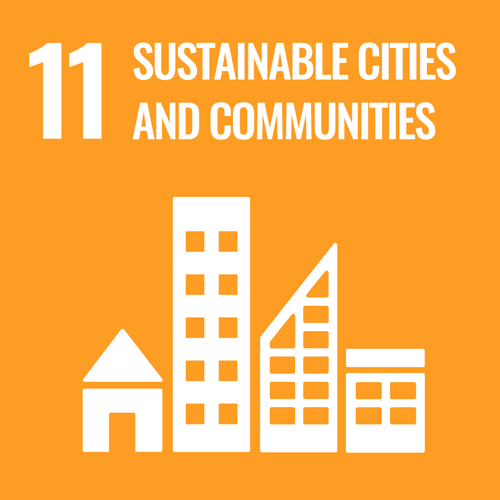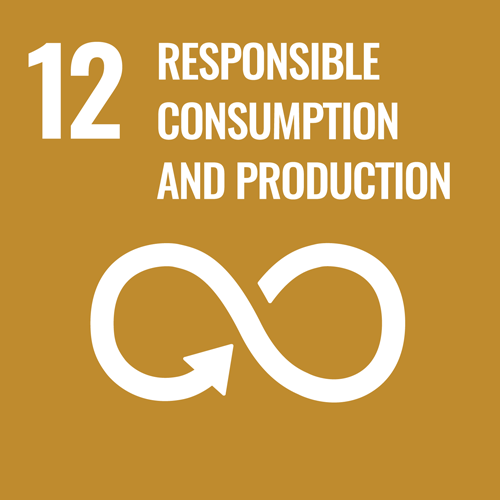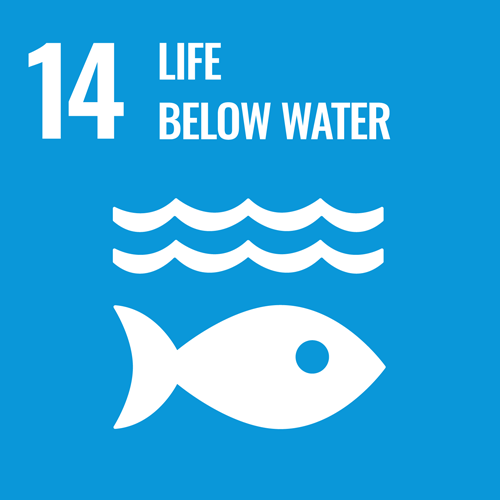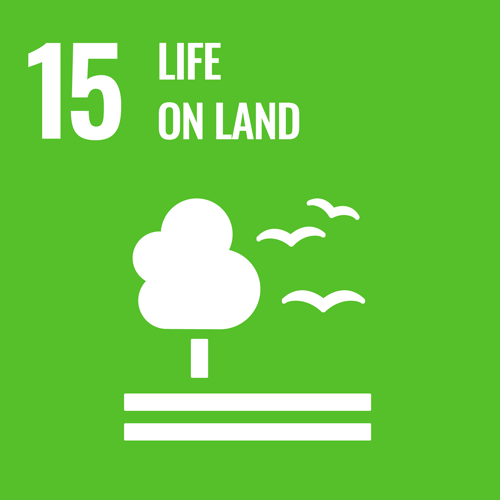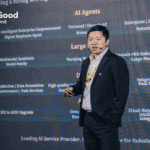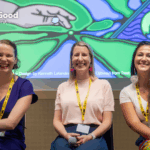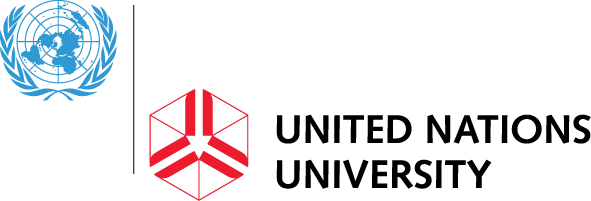
The United Nations University (UNU) is a global think tank and postgraduate teaching organisation headquartered in Japan. The mission of the UN University is to contribute, through collaborative research and education, to efforts to resolve the pressing global problems of human survival, development and welfare that are the concern of the United Nations, its Peoples and Member States.
Description of Activities on AI
Project 1: Enhancing Resilience to Flood Disasters through the use of AI, Cloud Computing and Open Datasets
The Project aims to develop Web-based Spatial Decision Support System (WSDSS) to address flood-related information gaps in the currently available flood early warning and risk management systems. The WSDSS comprises a historical flood mapping tool (HFMT) and a flood risk prediction tool (FRPT).
The HMFT developed and launched in 2021 that generates inundation maps for significant floods from 1984 till the present using open Earth data. The tool applies a water classification algorithm to ‘stacks’ of historical satellite imagery derived from Landsat to reveal inundation patterns over space and time. HFMT is a hindcast tool that allows impacts of inundation on various socio-economic sectors to be analyzed. The tool is now being enhanced using higher resolution open data from Sentinel 2 and Sentinel 1 to generate flood hazard maps including inundation extent and depth. The FRPT will use AI models to generate current and future flood risk maps at river basin and administrative boundary level. A framework based on historical flood map generated by flood mapping tool and trained AI model will be developed to analyse flood risk of selected region. The AI model will be trained using open data including land use land cover, population, infrastructure, precipitation, temperature, and gender and age disaggregated socioeconomic data. This module will help identify the most flood-risky areas for the future planning and risk mitigation.
WSDSS improves the spatial and temporal coverage of national and regional flood early warning and risk management systems and enhance the spatial resolution of the outputs WSDSS will build the capacity of flood forecasting centers in Global South to use AI models, big data and, cloud computing to analyze the impacts of climate change.
Project 2: UNU-Macau Conversations Series Seminar
UNU-Macau Conversation series seminar invited top researchers and thought leaders in Digital Technologies, Artificial Intelligence, Modeling for Sustainability.
The following seminar has been more specifically on AI:
- Dr. Christiine Boshuijzen-van Burken (UNSW) Multi-aspectual Ethics of Autonomous (weapons) Systems
- Dr. Omar Guerrero (Turing Institute), Modelling Sustainable Development from the Bottom Up: Coupling Open Data and Agent Computing to Inform Policy Prioritization
- Dr. Nils Ferrand: Codesigning and Politing Inclusive Participatory Procedures for Enacting the SDGs – From
- Pr. Rostam J. Neuwirth: Artificial Intelligence and Sustainable Development: Two Oxymora, One Challenge?
Project 3: UNU-Macau Gender-sensitive AI policy in Southeast Asia
This is a research project conducted in Thailand, Indonesia, Malaysia and the Philippines, which aims to understand gender and societal risks in AI in the focus countries, with a focus on critical technologies. The outputs of this research include a policy report, which makes recommendations to include consideration on gender discrimination, stereotyping and exclusion in future AI legislation, as well as a training programme for policymakers in the four countries.
Project 4: Gender equality for health and well-being: Evaluative evidence of interlinkages with other SDGs
Understanding synergies and trade-offs between sustainable development goals (SDGs) is an important component of SDG focused evaluations. Progress towards SDGs needs to consider feedback and interaction between society, the economy, and the biosphere and the interventions aimed at achieving these goals. However, the current assessment approach is based on only one or a few indicators that do not evaluate the interdependence between goals and targets. More evidence from multidisciplinary evaluations and academic studies are needed to inform multisectoral approaches that coordinate efforts to promote gender equality and to ensure healthy lives and wellbeing for all.
This project explored the link between SDG 3 and SDG 5, as part of a system of interconnected SDGs and indicators within these goals. This study consists of an analysis of evaluation reports of United Nations Evaluation Group (UNEG) members to build conceptual models (Phase 1) whose interlinkages were analysed empirically with secondary data analysis (Phase 2).
In Phase 1, we developed a natural Language Processing (NLP) model based on semantic-similarity between SDGs and a list of keywords related to gender issues and gender equality to classify (from the universe of available reports at the UNEG Database of Evaluation Reports) the relevance of each of the 17 SDGs, as well as extracted the countries and any metadata information of the interventions. Equipped with this information, we selected 289 reports across 26 UN agencies and United Nations Development Assistance Framework (UNDAF) evaluations for which gender and health were the most relevant. The selected reports were qualitatively analysed in terms of their content using a framework of realist evaluation and a system thinking approach, to build several thematic conceptual models would illustrate the type of linkages between systems of SDGs and the contexts that were drawn.
Project 5: Mapping implementation research trends in the WHO regions: Text mining of letters of intents of TDR Implementation Research MOOC
UNU IIGH developed a text mining method to automatically extract information from Letters of Intent (LoIs) submitted as part of TDR’s Massive Online Open Course on Implementation Research. MOOC participants are instructed to develop proposals to tackle a global health implementation challenge that they consider critical for the country they live and work in. The analysis of the proposals highlighted the tropical diseases, countries, world regions, research methods, research strategies and outcomes that the LoIs focused on. The results from the first batch of documents were displayed on a beta version of the website which featured a dashboard and graphs to illustrate the character of implementation research emerging from the Lols. This beta website was improved with users’ feedback so LoIs can be submitted online and the dashboard automatically updated when the submission is approved. The text mining method was developed using the first batch of 581 LoIs as the training set to extract information from the total 2393 LoIs. The final website is in English and translated into Spanish and French: https://irmooc.org.
Project 6: Mapping Implementation Research Trends in the WHO Regions: Text mining of letters of intents of TDR Implementation Research MOOC
Following reports of vaccine hesitancy amongst young people in Malaysia, the UNU-IIGH in collaboration with UNICEF Malaysia, ran a U-Report poll with a chatbot in WhatsApp and Facebook Messenger between 19th May and 23rd June 2021. These platforms were selected due to their high popularity amongst young people in the country. The poll was delivered in several relevant languages (Bahasa Malay, English, Burmese, Arabic and Mandarin Chinese), with questions designed and tested through focus group discussions in May 2021. Responses to the poll were received from 1,181 people from all 13 states of Malaysia. 71% of respondents were aged between 18 and 25 years old, whilst 71% of respondents were female. The team leveraged the above digital platforms in order to survey an often hard-to-reach (but digitally-savvy) audience. Collaboration with civil society organisations was also crucial in order to engage participants across all Malaysian states and diverse socio-economic groups.
Project 7: The Strategies of Governments for Artificial Intelligence: an overview
The primary purpose of the report is to compile information about how various countries have designed their AI strategies
Project 8: Understanding the urban space for better governance: use of non-traditional data for real-time disaggregated decision-making
Local governments around the world need well-curated data on the urban spaces to monitor their inhabitants and to understand the impact of policy interventions. Urbanization plays a critical role in changing the urban environment. Most developed countries have almost completed urbanization. However, with more and more people moving to cities, the urban environment in developing countries is undergoing significant changes. Sustainable development cannot be achieved without significant changes in building, managing, and responding to changes in the urban environment. The scarcity of well-curated Spatio-temporal data of urban spaces gives the AI engines the fuel to build machine learning and data science tools for the policymakers to make decisions based on evidence of the present. Understanding the issues, visualizing the challenges, and monitoring progress are keys to achieving SDG goals. However, collecting traditional data from urban spaces is expensive and therefore not easily replicable. Hence, by the time the data are prepared, the reality of the decision-making space changes. Moreover, data collected in most cases are not usable for decision-making. With the advent of computational capacity, and advances in knowledge streams such as machine learning, data mining, and statistical inference it is possible to harness data from heterogeneous sources, organize them in conjunction with the traditional data, and visualize them in various ways. One such data comes in abundance from the satellites. These data help monitor the urban spaces’ changes in real-time. This project uses satellite data and computational mechanisms to understand the socio-economic condition of urban spaces.
The primary focus of this project is the cities in the developing world. The first part of the project is focused on developing a novel method to classify urban spaces based on the buildings and their surroundings. The novel method is designed to help prepare the datasets for state-of-the-art deep learning mechanisms. The second part of the project focuses on training and designing a novel deep learning mechanism that is suitable for the urban categorization process. The resulting automated method can detect the socio-economic condition of urban spaces of the cities in the developing world by detecting highly formal to highly informal zones with very high accuracy. The ease in data curation and scalability make the model useful for city planners and policymakers in the developing world at almost no cost compared with traditional survey-based methods. The third part of the project is now focusing on including various other data features such as road conditions, green spaces, urban air and temperature, water bodies, etc. to build more robust categories.
Applying State-of-the-Art Deep-Learning Methods to Classify Urban Cities of the Developing World


